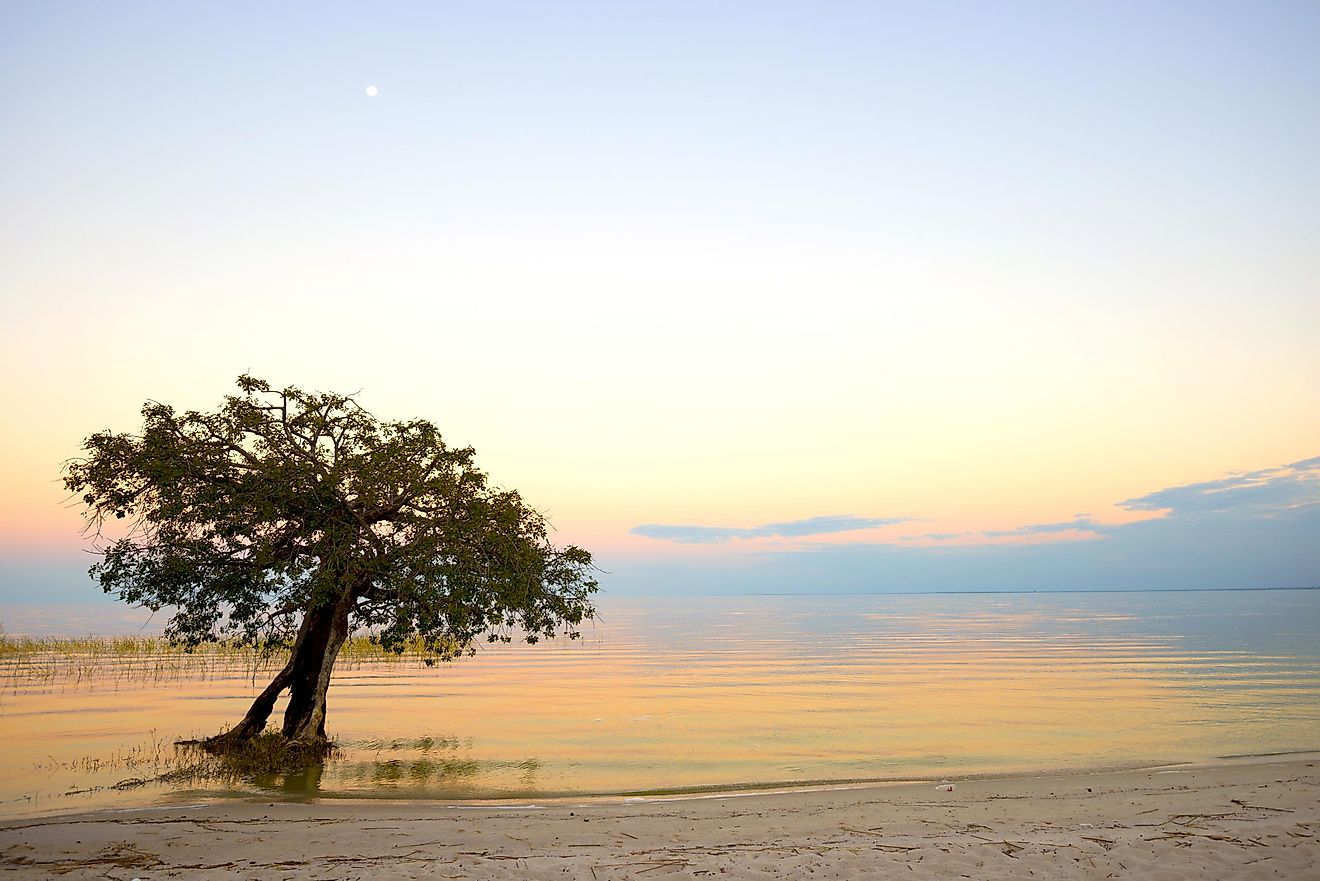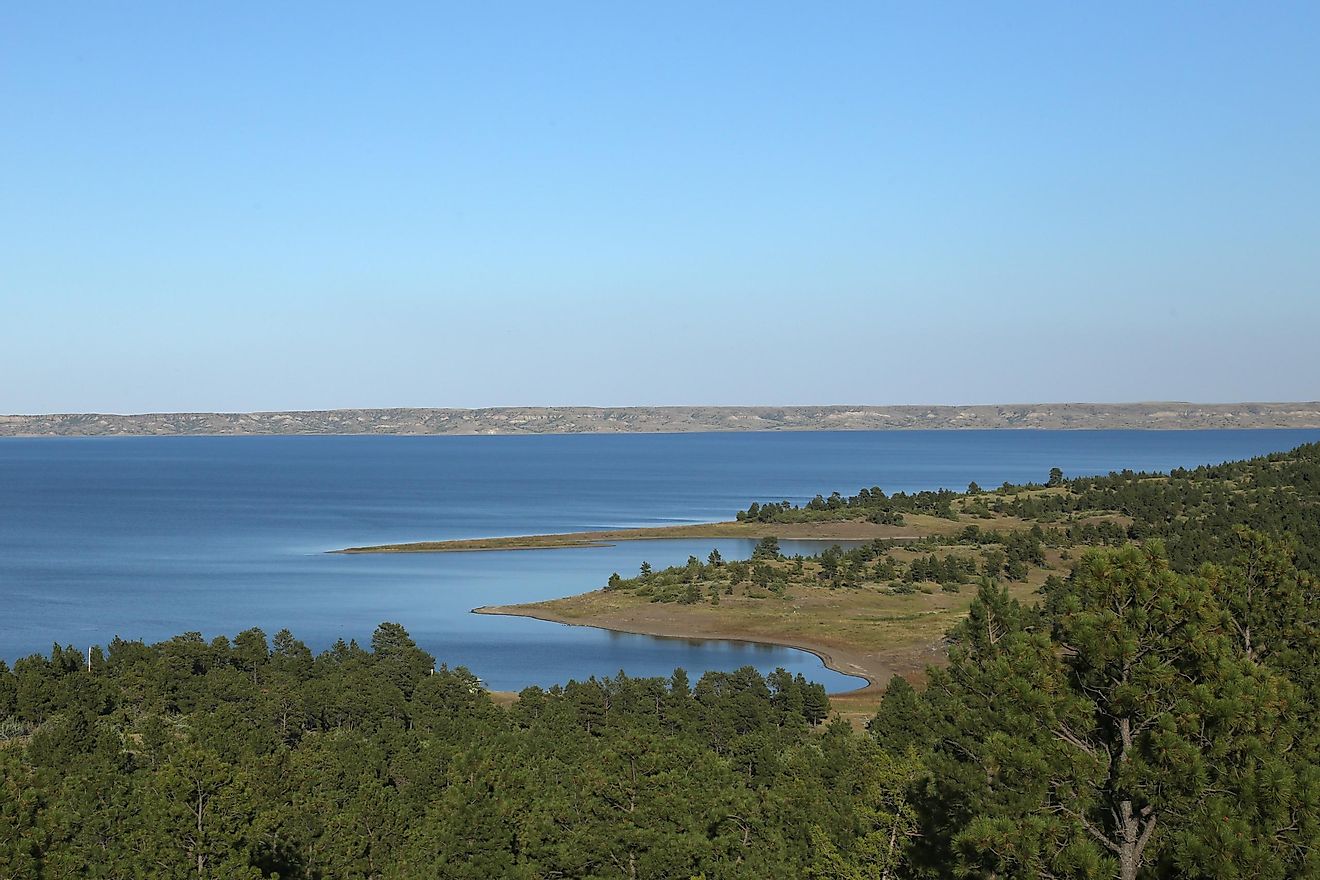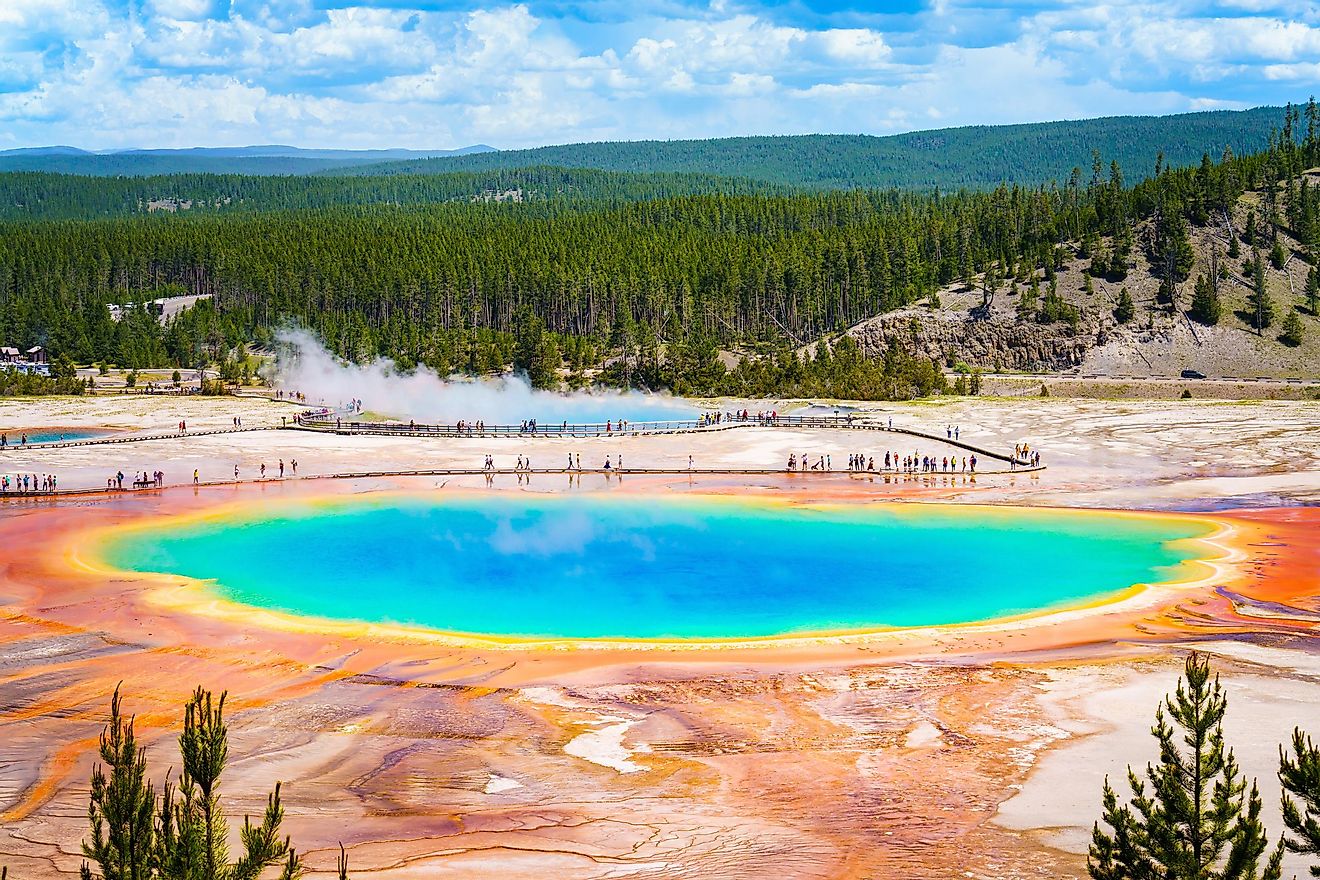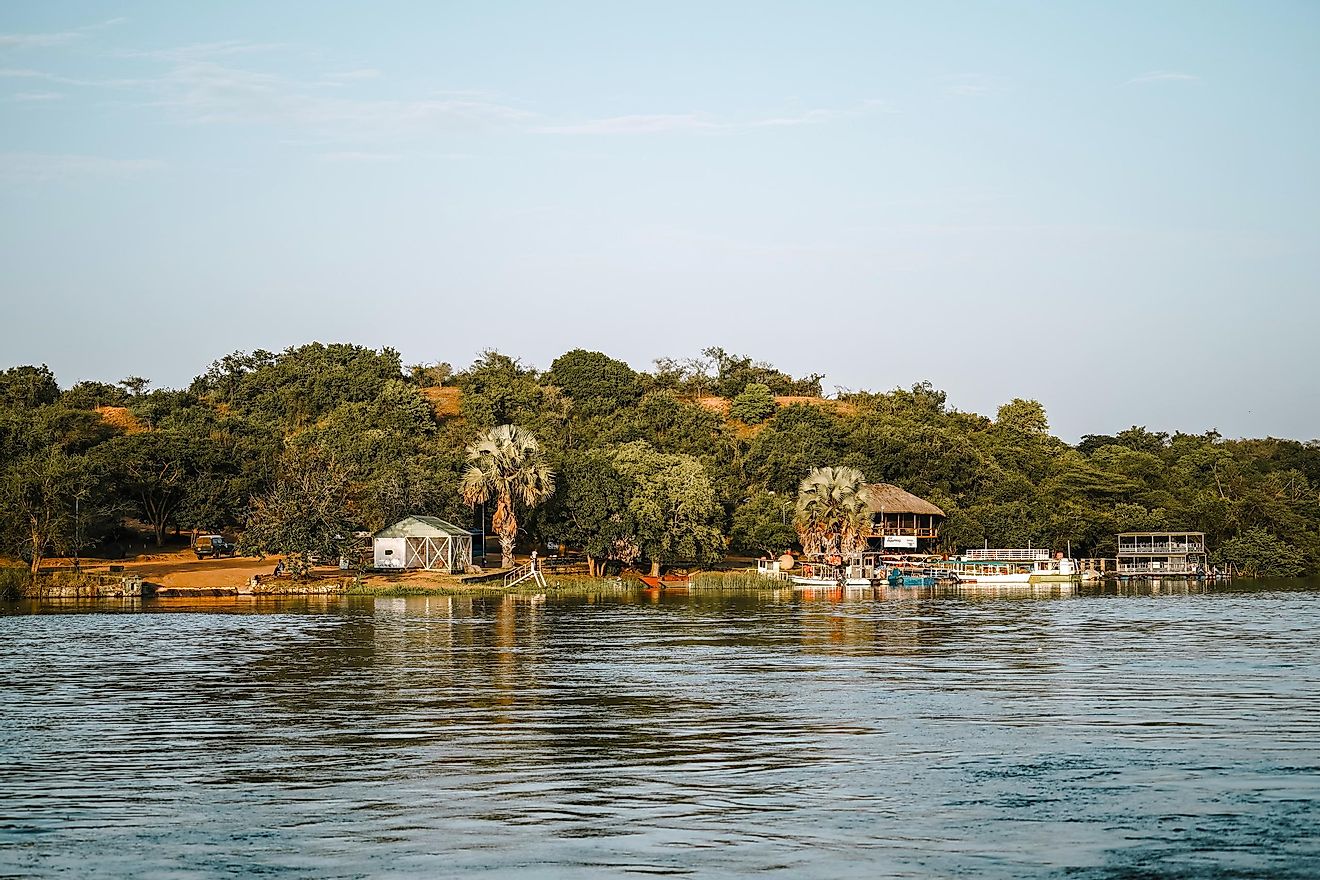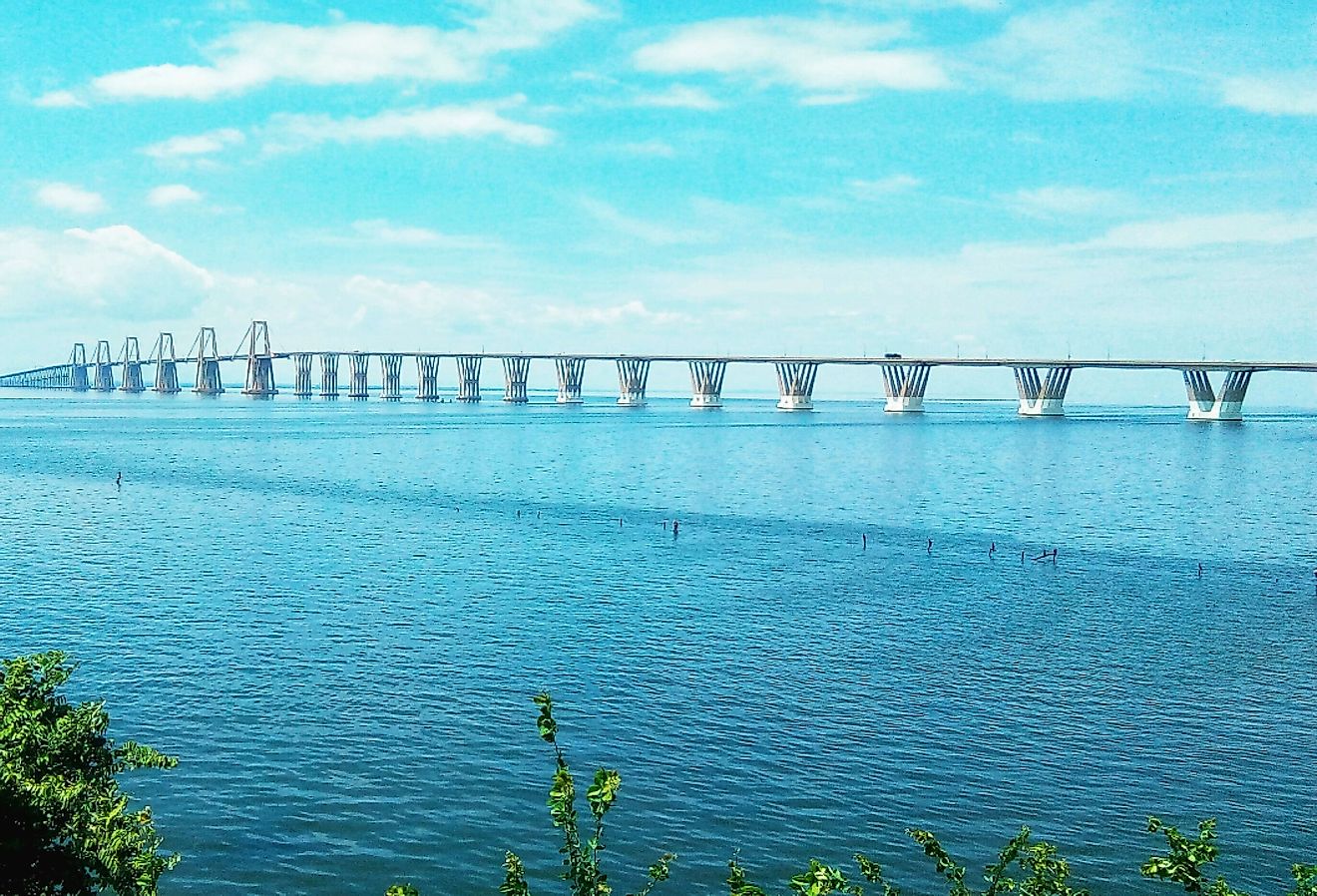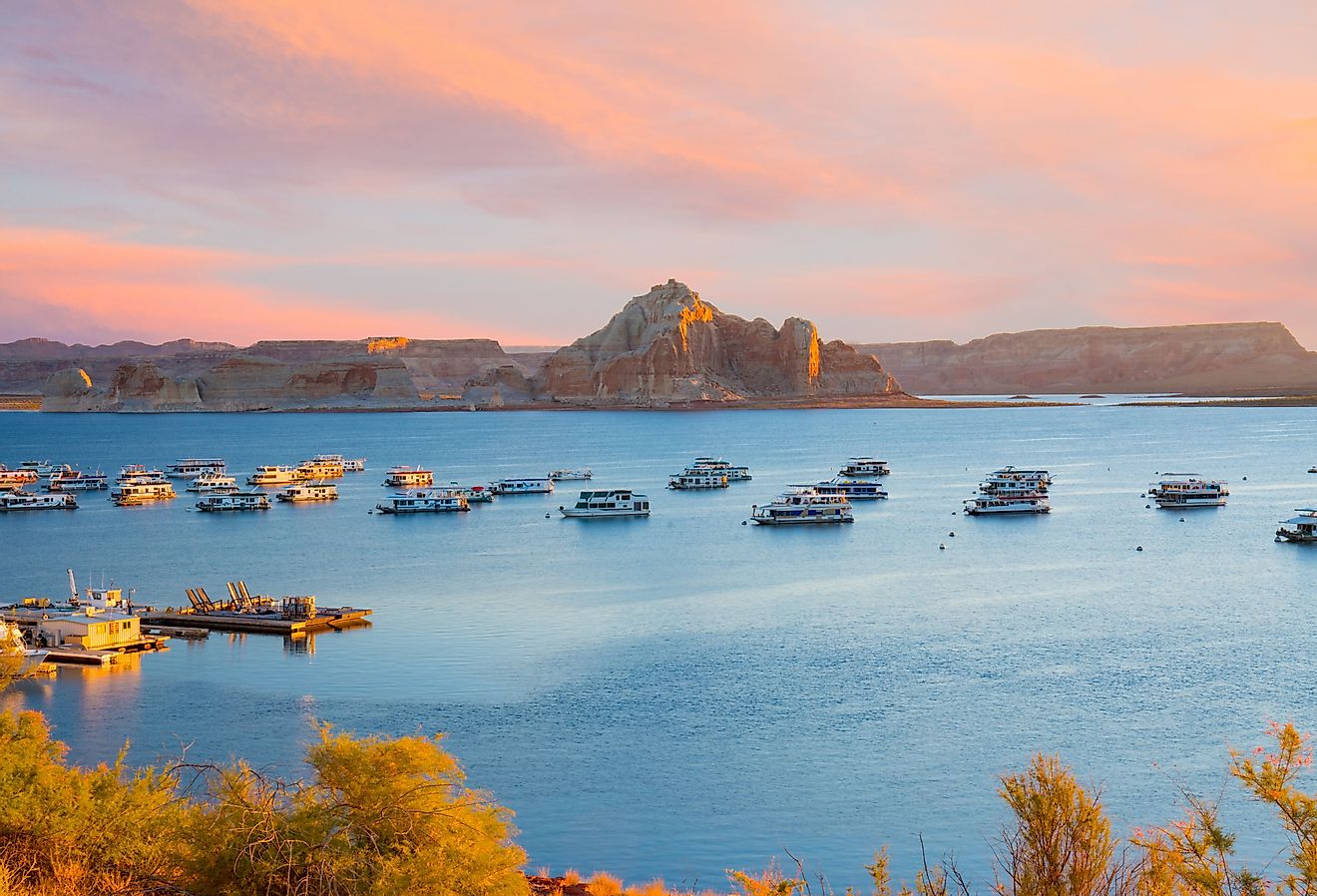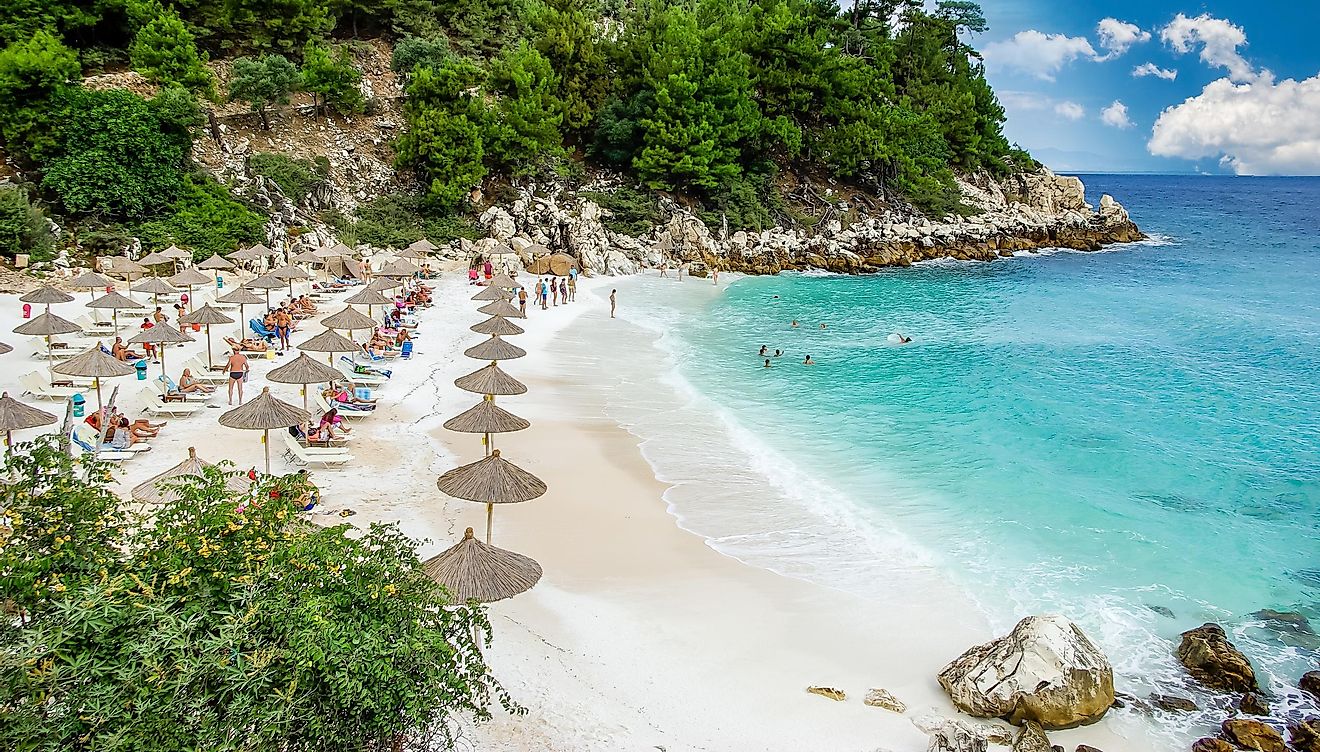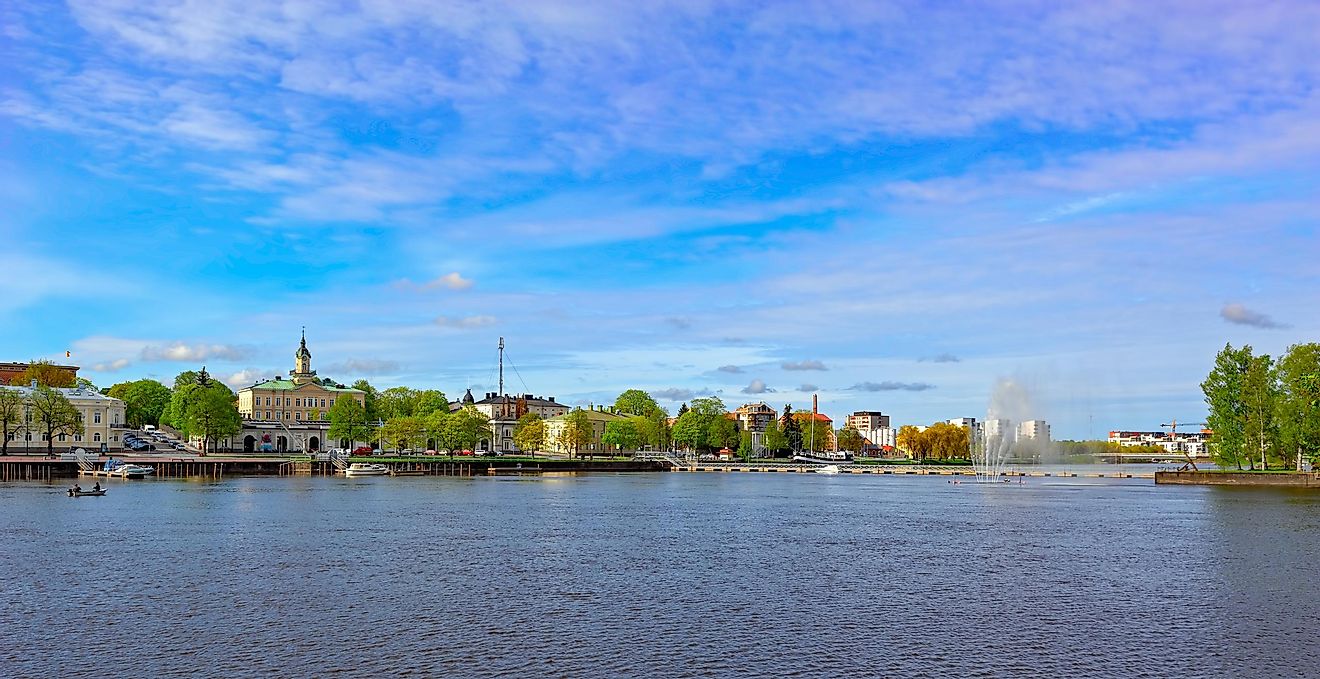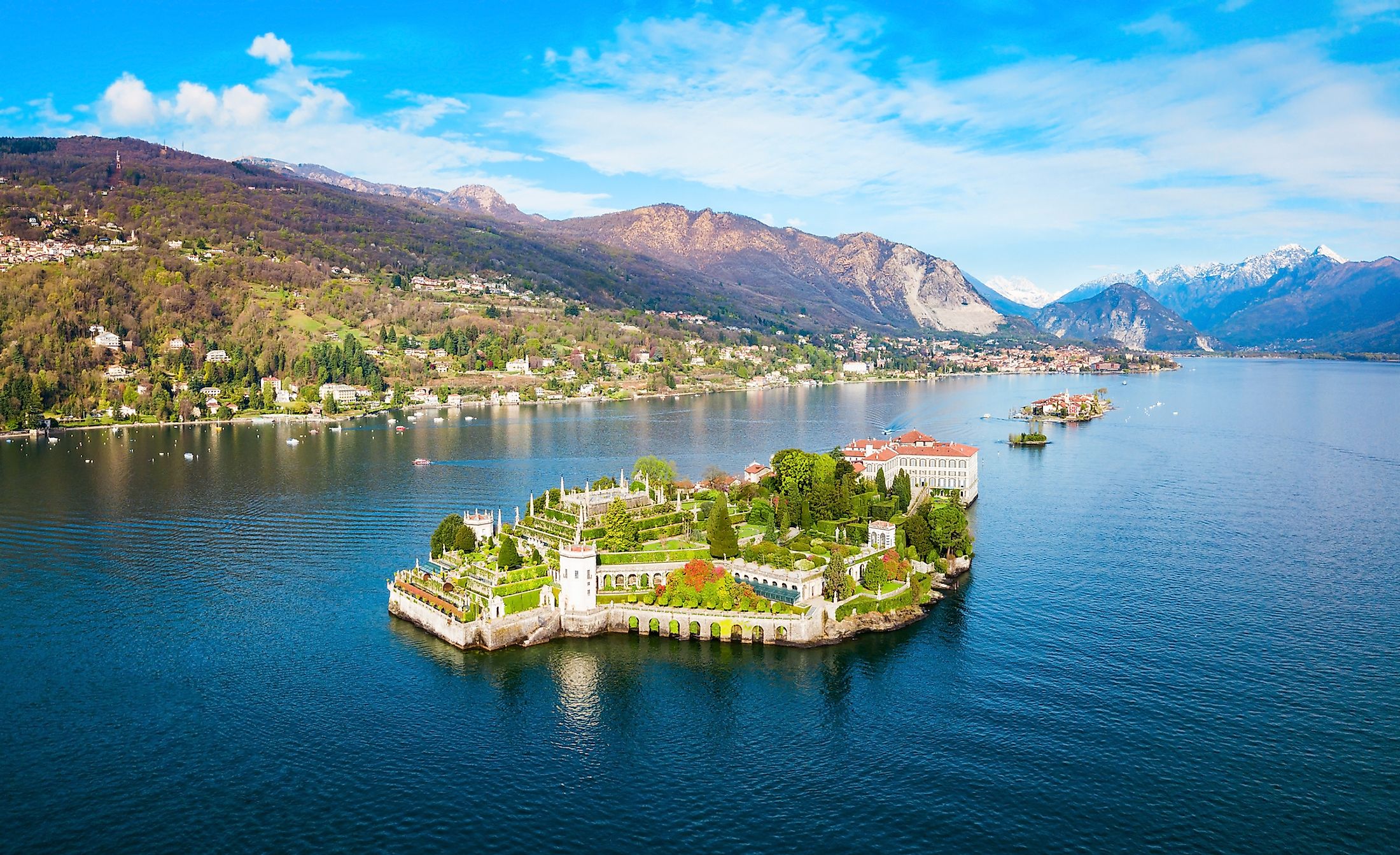
Lake Maggiore
Lake Maggiore is the second-largest lake in Italy and the largest in Southern Switzerland (82 square miles). It is the most westerly of the three pre-alpine lakes (Lake Como and Lake Garda) and is 34 miles (54km) at max length, 7 miles (11km) at maximum width, and holds a volume of 9 cubic miles (37 cubic km). The lake's name, meaning "greater," refers to its size relative to the neighboring lakes Orta and Varese. Lake Maggiore is recognized for its beauty, size, and history.
Geography
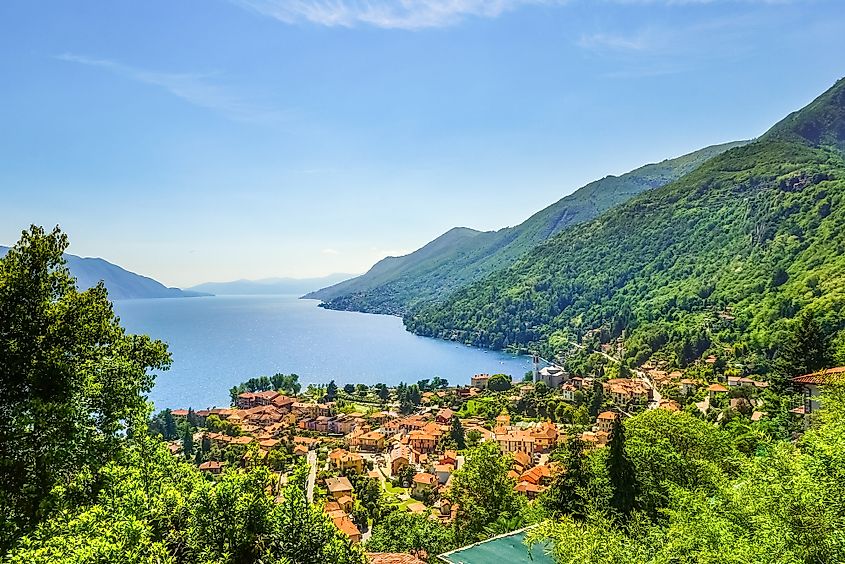
The lake is divided between the Italian regions of Piedmont and Lombardy and the Swiss canton of Ticino, located between the Italian and Swiss Alps, resting at approximately 633 feet (193m) above sea level. It is halfway between the neighboring Orta and Lugano lakes. To the north are the Swiss Alps, and nearby are the plains of Lombardy. The surrounding mountains are the Pennine and Lepontine Alps and the Lugano Prealps. There are multiple scenic peaks around the lake, including the Gridone, Monte Tamaro, Monte Nudo, and the 4892-foot Mount Mottarone (1,491m). The highest mountain overlooking the lake is Monte Rosa massif (15,203ft; 4,634m).
There are several islands within the lake, including the Brissago, Castelli Di Cannero, and Isoline Partegora chains. The most popular are the Borromean Islands, located between Verbania to the north and Stresa to the south. There are also many towns and villages along the coasts of Lake Maggiore. The most well-known for their attraction as "resort towns" are Stresa, Verbanis, Arona, and Cannobio. Also notable are the Luino and Laveno villages on the eastern shore and the Swiss town of Locarno in the northern portion.
Hydrology
Lake Maggiore's basin of tectonic-glacial origins collects water from several lake larges like Lake Lugano, Lake Orta, and Lake Varese. These lakes flow to Maggiore through the Tresa, Toce, and Bardello rivers. The large delta of the Maggia is also a tributary to Lake Maggiore. Other smaller river inflows include the Verzasca, Giona, and Cannobino. Maggiore's outlet is the Ticino River, which eventually meets the Po River southeast of Pavia.
Climate
The climate on Lake Maggiore is mild in both summer and winter, with warm weather often described as humid subtropical. The average annual temperature is 60 degrees Fahrenheit (15.5 degrees Celcius). Rainfall is modest and generally heaviest in May.
History
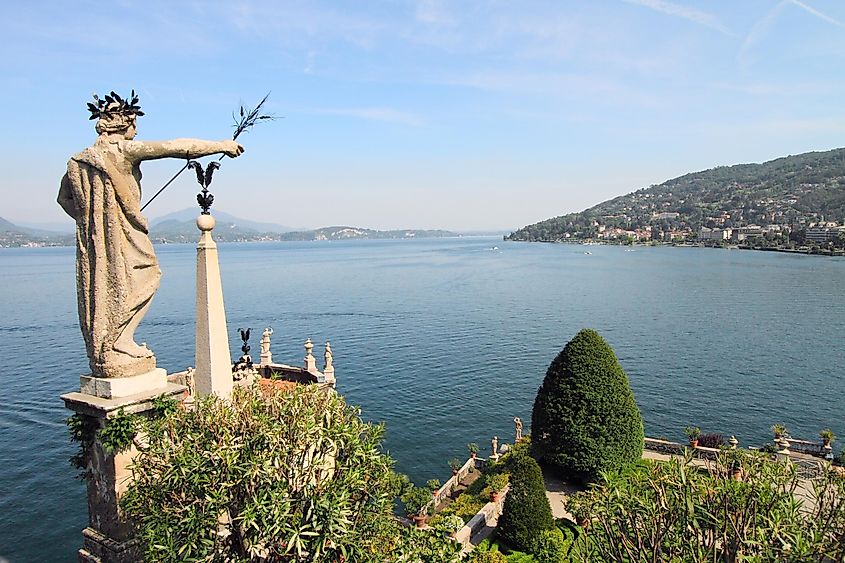
The Roman Empire annexed Lake Maggiore from the Golasecca culture — a Celts civilization — and adopted the Latin name Verbanus Lacus. After the fall of the Western Roman Empire, the lake fell under the power of many families, including the Della Torre, Visconti, Borromeo, and Habsburg families; the Borromeo family still holds the rights to the lake's islands and fisheries today. Methane was discovered for the first time at Lake Maggiore between 1776 and 1778 by Alessandro Volta, an Italian physicist and chemist. Popular tourist development began following Queen Victoria's visit in 1879 to the bordering town of Baveno.
Lake Maggiore was also an unfortunate host to WWII war crimes, the "Lake Maggiore massacres." In September and October 1943, members of the SS Panzer Division Leibstandarte SS Adolf Hitler murdered 54 Jews — guests of the Hotel Meina on the Southern shores of Lake Maggiore — following the Italian surrender on September 8, 1943. The lake was also featured in Ernest Hemingway's popular novel A Farewell to Arms, and the waterside village of Stresa was one of the writer's favorite getaways.
Wildlife
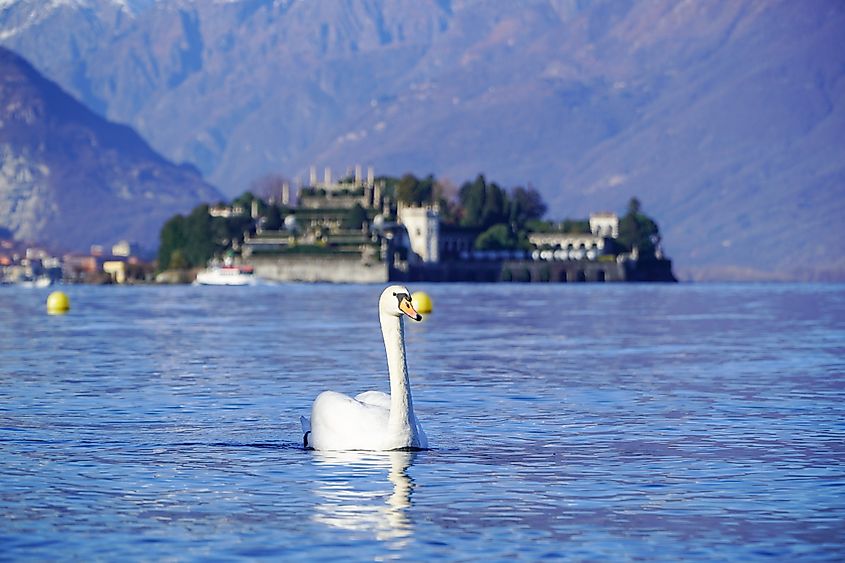
The warm year-round conditions on the lake naturally produce typical Mediterranean plants and are host to some rare and exotic imported species of flora and fauna. Lemons, olive trees, and bay olive trees are popular natural crops in the surrounding area. There are well-known gardens on the popular Borromeana and Brissago Islands and in the Alpinina Botanical Garden above Stresa. Isola Madre also holds an English-style botanical garden with a range of rare species from all over the world.
The lake is home to two native species of whitefish — Coregonus and Coregonus lavaretus — which live in deep water and are often found in the December spawning season. Other fish species include pikeperch, ruffe, and the popular game fish, the wels catfish. The lake is also an important restful location for migratory birds like the common merganser, the royal swan, grebes, gulls, and cormorants.
Importance Today
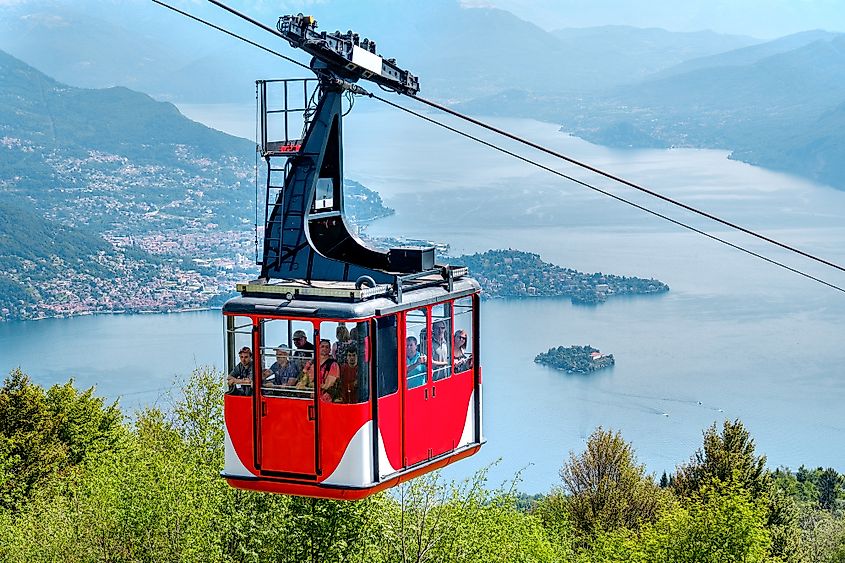
Lake Maggiore is a feature destination in Italy's productive tourism industry. There are places of historic importance, like the UNESCO World Heritage site of the Domodossola and the Sacro Monte Calvario; stunning natural landscapes like the Vigezzo Valley; and iconic small resort towns, like Stresa, "the Queen of Lake Maggiore," and Verbanis, Arona, and Cannobio.
Ultimately, Lake Maggiore symbolizes culture and history in Northern Italy. It is renowned for its natural beauty and size, features multiple towns and historic sites along its coasts, and picturesque villages for peaceful vacations. It is a massive collection of calm, clear water split between Switzerland and Italy with a storied history and the dramatic natural beauty of the Alps all around.
